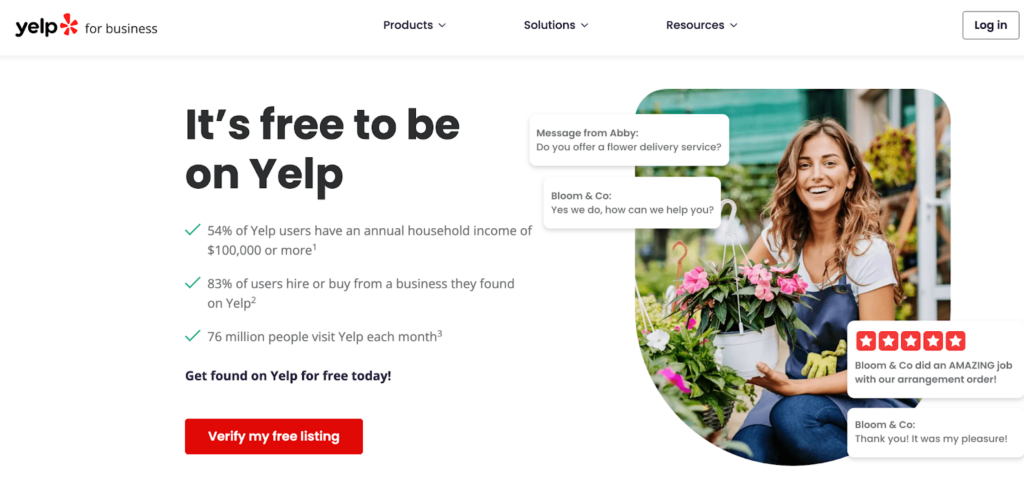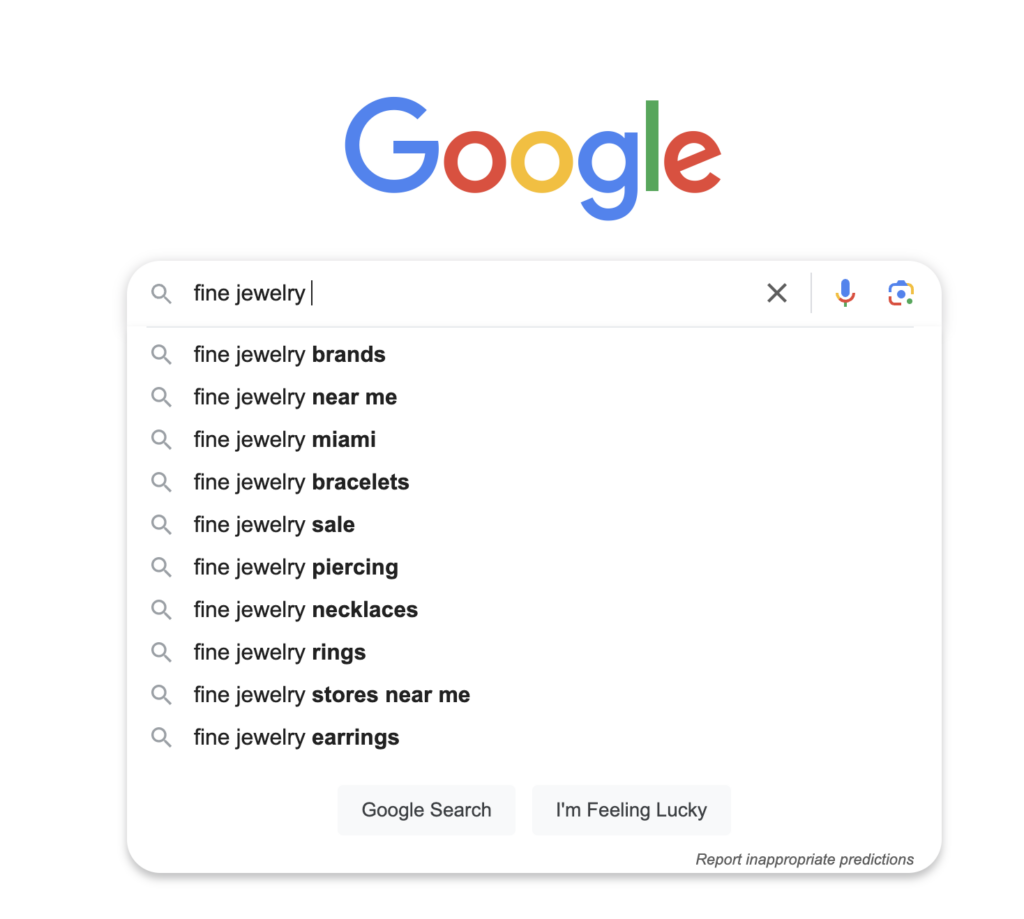In today’s world, Search Engine Optimization (SEO) is key for driving traffic, increasing visibility, and growing your business.
However, even though it is important, many businesses make common SEO mistakes that can actually hurt their rankings, visibility, and bottom line. These errors are really easy to overlook but can cost your business valuable leads and sales. Let’s take a closer look at some of these common SEO mistakes and how to avoid them.
1. Ignoring Mobile Optimization
More than half of all web traffic comes from mobile devices. If your website isn’t optimized for mobile, you’re likely losing potential customers. A mobile-friendly website is not just a luxury; it’s a necessity. Search engines, particularly Google, prioritize mobile-first indexing, meaning they rank mobile-friendly sites higher than those not optimized for mobile devices. Solution: Make sure your website is responsive on all devices, meaning it automatically adjusts to fit any screen size. Use tools like SE Ranking’s Mobile Friendly test to check your site’s performance on mobile devices.
2. Using Too Many Keywords
In the early days of SEO, cramming as many keywords as possible into your content was a common strategy to rank higher. But today, keyword stuffing is a major SEO no-no. Search engines have become much smarter and now prioritize high-quality, relevant content over keyword quantity. Overusing keywords can make your content sound unnatural and even lead to penalties from search engines. Solution: Focus on creating content that’s informative, relevant, and natural. Use keywords strategically and make sure they flow easily within your content.3. Neglecting On-Page SEO
On-page SEO is all of the elements you can use to optimize your website and improve its rankings, like title tags, meta descriptions, header tags, and image alt text. Not properly implementing these elements is one of the most common SEO mistakes businesses make, often because of not fully understanding their importance (or how to do it). Solution: Ensure that each page on your website is optimized with relevant title tags (you can use Moz’s title tag preview tool), descriptive meta descriptions, and properly structured header tags. Don’t forget about image alt text because it not only improves the accessibility of your site but also helps with SEO.4. Not Updating Old Content
Content decay is a real problem. As time passes, older content loses its relevance or becomes outdated, leading to a drop in search rankings. Many businesses forget to refresh and update their old blog posts or pages, and it can cost them valuable traffic. Solution: Regularly review and update old content to make sure it’s still accurate, relevant, and aligned with current SEO best practices. This simple maintenance task can give your website a significant SEO boost.5. Overlooking Local SEO
If your business serves a local area, neglecting local SEO is one of the most damaging mistakes you can make. Local SEO helps you rank higher in local search results, making it easier for potential customers near you to find your business. Solution: Optimize your Google My Business listing, get listed in local directories (like Yelp or Foursquare), and make sure your name, address, and phone number are consistent across the web. Local keywords like “near me” or your city name can also help improve your local rankings.
6. Lacking A Clear SEO Strategy
Without a clear and comprehensive SEO strategy, your efforts will be scattered and ineffective. Many businesses jump into SEO without a thought-out plan, leading to haphazard optimizations that don’t align with their goals. Solution: Take the time to create an SEO strategy tailored to your business. Set clear goals, target the right keywords, and prioritize the effort it will take to get the greatest return on investment.7. Not Considering User Experience (UX)
SEO isn’t just about keywords and backlinks – user experience (UX) plays a huge role in how your site ranks. If your website is difficult to navigate, loads slowly, or provides a poor user experience, visitors are going to bounce, which can hurt your rankings. Solution: Focus on improving site speed, simplifying your website navigation, and making sure users have a seamless experience across all devices. Tools like Google PageSpeed Insights can help identify areas for improvement.8. Not Using Analytics to Measure Success
You can’t improve what you don’t measure. Many businesses make the mistake of optimizing their site without using analytics tools to track their progress. This can lead to missed opportunities and wasted resources. Solution: Use tools like Google Analytics and Google Search Console to track key metrics like traffic and bounce rates. Regularly review your data to understand what’s working and where you can improve.9. Doing Nothing With Backlinks
Backlinks – links from other websites to yours – are one of the most important ranking factors in SEO. Failing to build a solid backlink profile can prevent your site from achieving higher rankings and gaining trust in the eyes of search engines. Solution: Invest time in getting quality backlinks through things like guest posting or content partnerships. Remember, it’s the quality of backlinks that matters most, not the quantity.10. Forgetting About Long-Tail Keywords
While broad keywords can bring in traffic, they are usually very competitive. Long-tail keywords – more specific and longer search phrases – can be a more effective way to target a niche audience and attract highly qualified leads. Solution: Do thorough keyword research to identify long-tail keywords that are relevant to your business and create content around them. These keywords often have lower competition and higher conversion rates.




